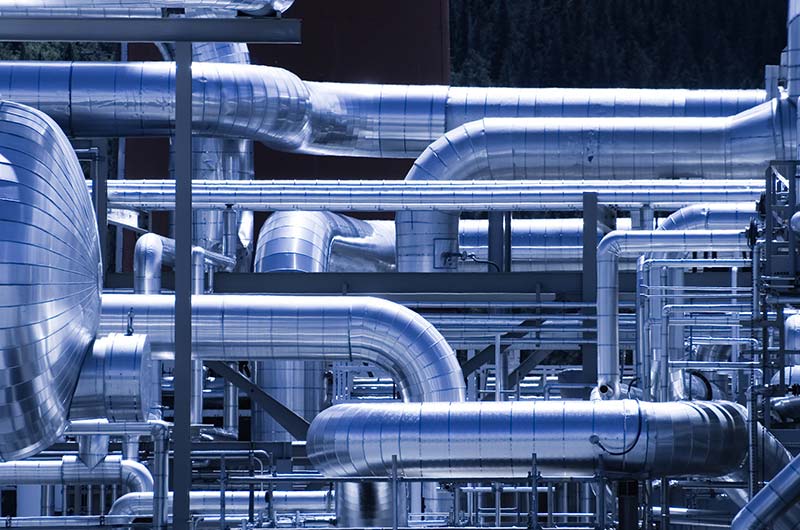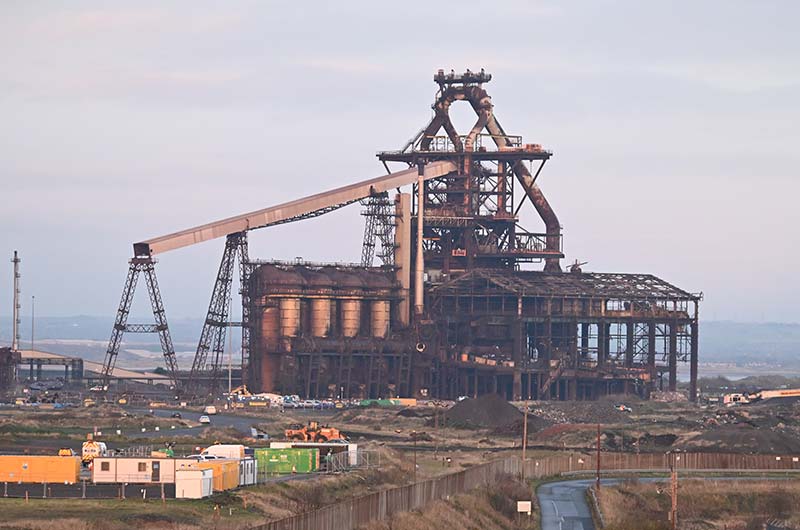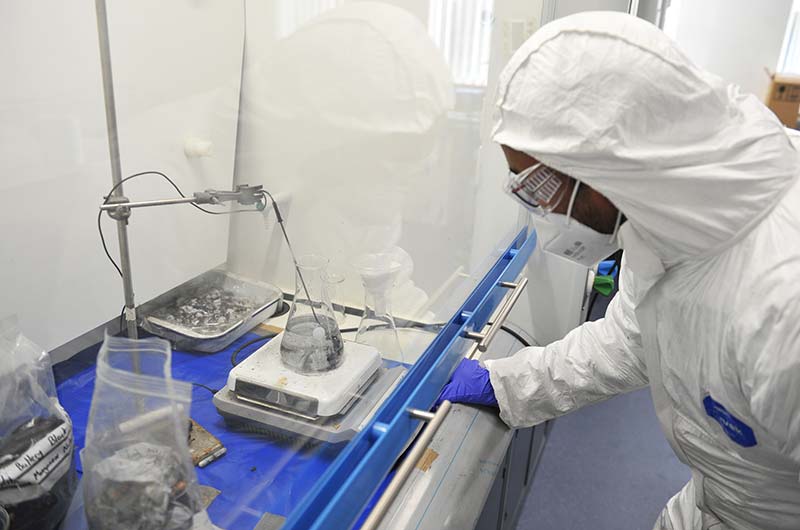{{serverconnectlatestnews.data.showlatestnews.data[0].news_title}}
{{serverconnectlatestnews.data.showlatestnews.data[0].news_date.formatDate("d MMM yyyy")}}
{{serverconnectlatestnews.data.showlatestnews.data[0].news_teaser}}

A circular economy aims to eliminate waste by retaining components and materials in the supply chain, at their highest value possible. In turn, this reduces pollution, supports biodiversity, creates jobs, and reduces costs.

The Circular Economy Group works alongside the Industrial Decarbonisation, Digital Technologies, and Advanced Materials at the Institute to develop robust solutions to divert by-products away from landfill, increase their value, and reduce their environmental impact.
The Circular Economy aims to achieve a circular economy through the implementation of the following techniques:

Industrial symbiosis is the process by which the by‐products or recovered raw materials of one industry or process are utilised as the raw materials for another industry or process. This includes materials, energy, or water. The Institute works with customers to identify opportunities for Industrial Symbiosis.

The Circular Economy work closely with the Advanced Materials to develop solutions for Material Valorisation which is the process of reusing or recycling (waste) materials and converting them into more useful products such as new materials, chemicals, fuels, or other sources of energy.

Circular Economy Development Centre houses a range of pyrometallurgical, hydrometallurgical, and material separation technologies to support partners and clients to recover value from their supply chains.

The institute has expertise in conducting Life Cycle Assessment, Carbon Footprint and in type III Environmental Product Declaration in compliance with ISO 14040/14044, ISO 14067 and ISO 14025.

Computational Fluid Dynamics (CFD) and experimental modelling are simulation methods by which processes can be designed and optimised. The Circular Economy works with clients and collaboration partners to develop models to support their processes.
Enquire about services, facilities, and expertise.